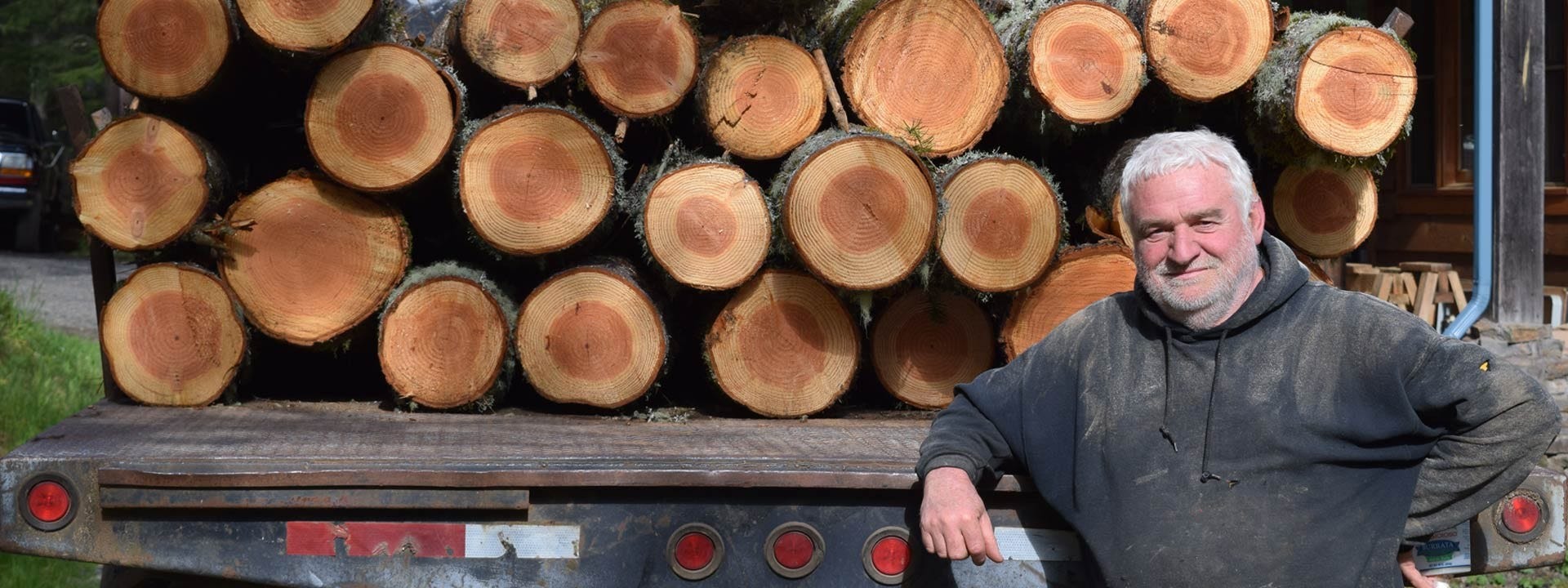By Jack Petree, Tradeworld Communications
October 21, 2022
Chuck Vance has spent the last thirty years shaping his 39 acres of forest near Sandy, Oregon. Chuck’s forest can provide enough logs each year to sustainably support his sawmill, benefiting his environmental goals and his community’s goals as well. Through those years he has sequestered more than 50 million pounds of CO2 equivalent in greenhouse gases.
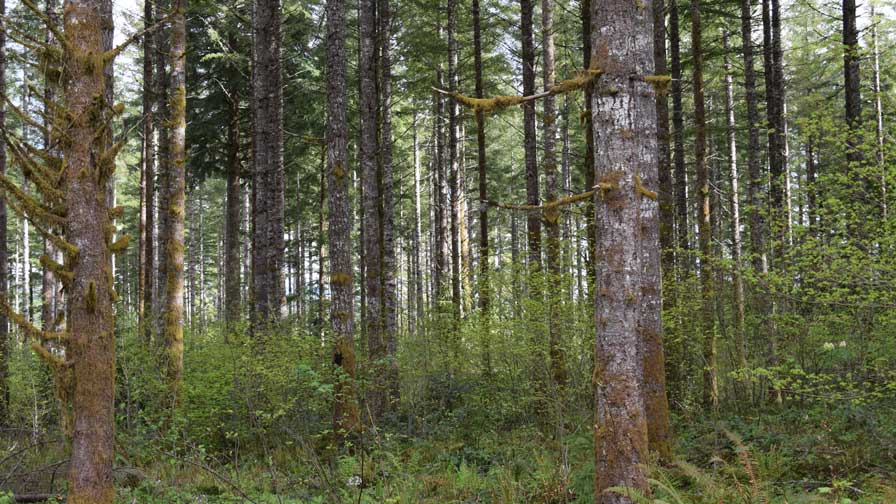

Forest Conservation
Being a conservationist and sawyer himself, Chuck spoke on the misconceptions of forest sustainability, explaining that, “No logger wants to cut the last tree, no fisherman wants to catch the last fish. Foresters, farmers, fishermen and women are the real and true stewards of the land. They should be praised for the difficult job that they do every day, a job from which everyone else benefits,” said Chuck.
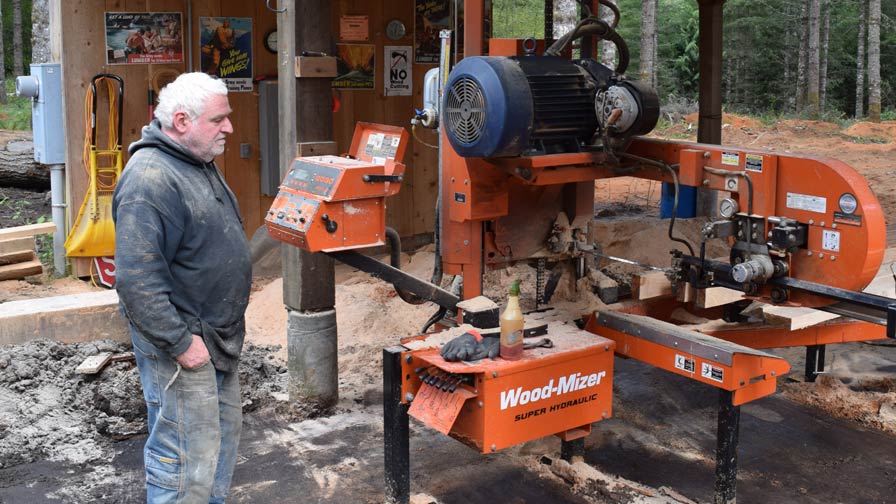

In the 1990s, a timber cutter by trade, Chuck was not happy with what he saw in forest management. “I had a lot of my own ideas on silviculture, so we looked for a place to buy,” he remembers. “I wanted a place that would allow me to ‘start from scratch’ on the forest I envisioned. I was working a logging job nearby and watched the timber on this place get harvested. Half the stumps were grubbed out, the slash and stump piles were machine stacked, then the ‘For Sale’ sign went up.”
After a lengthy negotiation, Chuck owned 39 acres of forest land, providing him with the fresh start he was looking for. His land was partially cleared while the rest of the acreage stayed covered with slash and stump piles amongst brush.
Chuck and his wife moved into a “shack on the site,” where they removed abandoned cars and "a mountain of trash,” then set a plan to reestablish a healthy, working forest. “Over the next two winters, we planted 16,000 seedlings, mainly Douglas fir, some western red cedar, and noble fir,” Chuck said. Volunteer alder also establish itself in scattered patches. Today those alder patches contain high value trees that Chuck plans to harvest in 2030. Chuck also aims to have an overall 80-year rotation rather than the typical 60-year rotation.
Sustainable Sawmilling
In 2004 Chuck began working exclusively for himself as Chuck Vance Logging and Millwork. This allowed him to run his own equipment and harvest as he saw fit, all the while aiming to improve forest health.
Sawmilling has become an ever-increasing part of Chuck’s strategy for his forest. He values the part Wood-Mizer plays in forest restoration, emphasizing that on-site sawmilling reduces carbon emissions related to harvest, while sawmilling for residents reduces carbon emissions related to transportation.
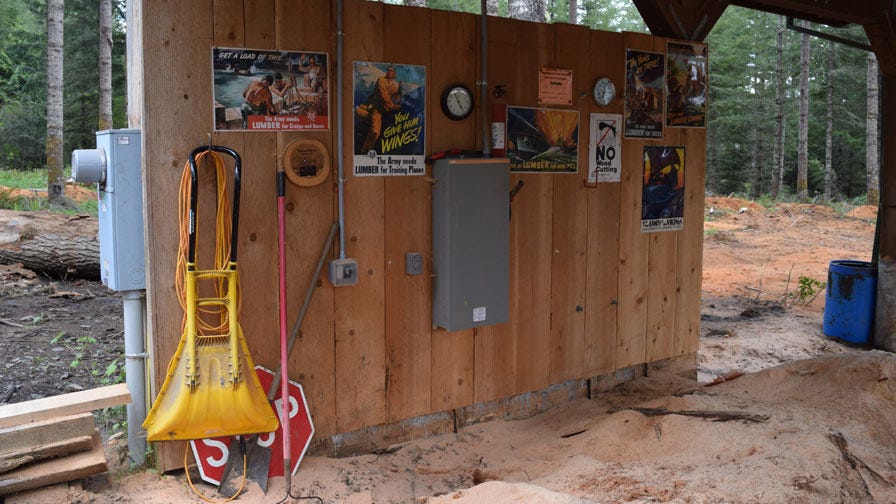

Today, Chuck is on his third Wood-Mizer portable sawmill. “My first Wood Mizer was a used LT40 Hydraulic portable sawmill with a 24 horse Onan gas motor,” he says. “I ran it for 5 years then sold it for what I’d paid for it. My next mill was an LT40 Hydraulic portable sawmill with a 30 horse Kubota diesel. Four years ago, I bought an LT50 Hydraulic electric sawmill and have been running it steady since then.”
The main advantage Chuck gets from owning a Wood-Mizer LT50 Hydraulic portable sawmill, is the ability to mill his own trees. “There is a big advantage in sawing young, smallish, timber. There is virtually no defect,” shared Chuck. “Also, grade allowances are all about knot diameter, I get mostly select grades, about 75% or so. The volume is lower, but you are getting finished lumber from trees that needed thinning anyway.”
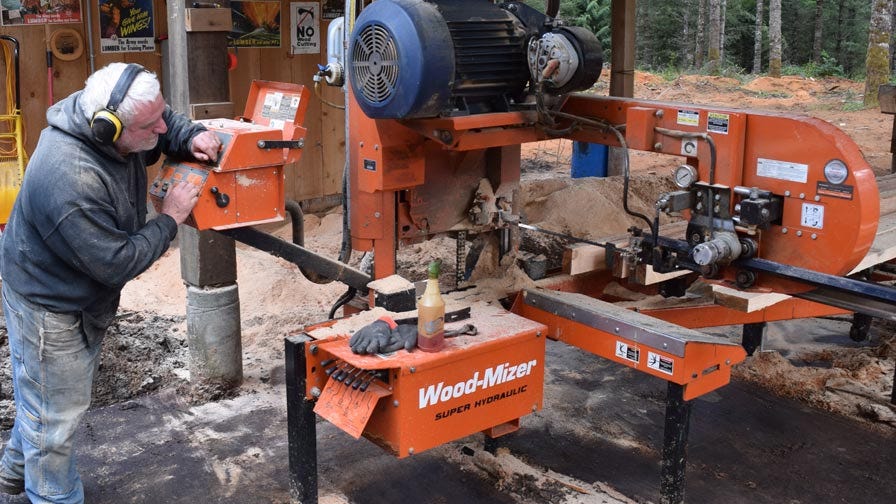

Chuck estimates the actual “cut out” he gets from a log doubles the log’s scale at the mill. “I’m doing better on my logs by a factor of at least three,” he says pointing out that at today’s rates that is and extra $1,600 per thousand board feet return.
Investing in a converter also helped Chuck to cut costs. “I set up a converter / inverter. The power company installed a special transformer to give me an 800 Amp service from the single hot wire available. It all works very well, and super efficiently, my monthly power bill never exceeds $100 on the sawmill’s dedicated meter.”
Overall, he saw going electric as, “a great decision.” Since going electric things have been, “much quieter, much less vibration, no exhaust fumes to breathe, very much more user friendly, and much cheaper to run. Production is excellent as well, I mill approximately 300,000 board feet per year, with my one man show.”
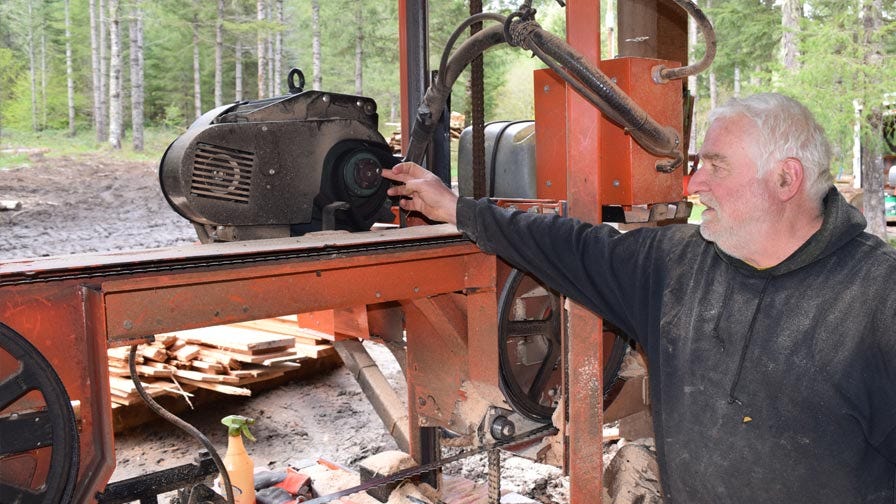

The Importance of Synergy
It is clear through his work, that Chuck has a passion for transforming his land into a sustainable, healthy forest. “If we want to think globally and act locally then we should all get behind intensive forest management. No management is the worst thing you can do. Get in there and shape it, sculpt it; We need to make our home a carefully attended to, beautiful, and productive, garden. With forestry, if you aren’t looking at it from a generational perspective then you aren’t focusing properly,” said Chuck.
To focus on the relationship sawmilling can have with the environment around him, Chuck explained that synergy is an important part of his work. “I really love synergy. When one aspect of a tree/farm operation contributes to the success of the whole, complementing another aspect of the farm in achieving an ultimate goal.”
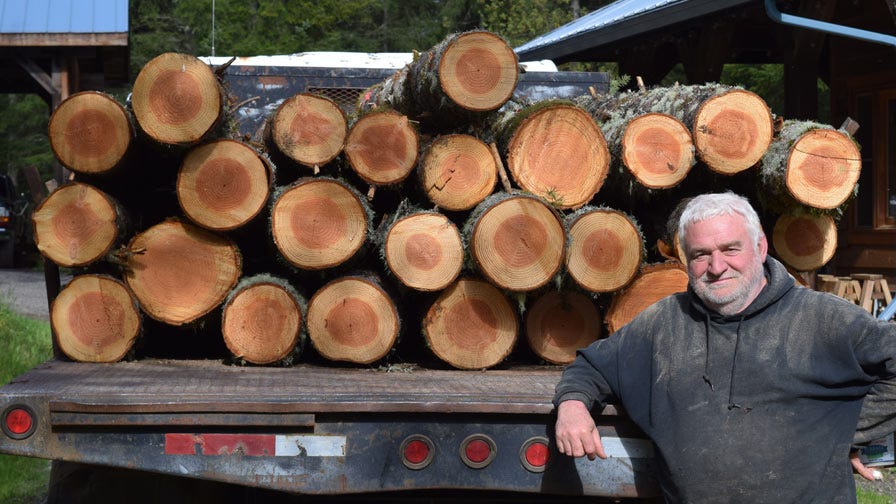

An example of this is Chuck’s 600 blueberry bushes that benefit from the sawdust. “The deeper the sawdust the healthier the plants get,” he says. Synergy is even represented in his community as, “Friends, family, neighbors, customers and parishioners from our church come out and pick, no charge, all the blueberries they can use in the late summer.”
Through his way of sawmilling, Chuck balances both making a living and enhancing his forest. “The most important thing to me with my forest management is the future,” he declares. Chuck hopes through his forest conservation and sustainable harvesting, his land can benefit the community around him for generations to come.


